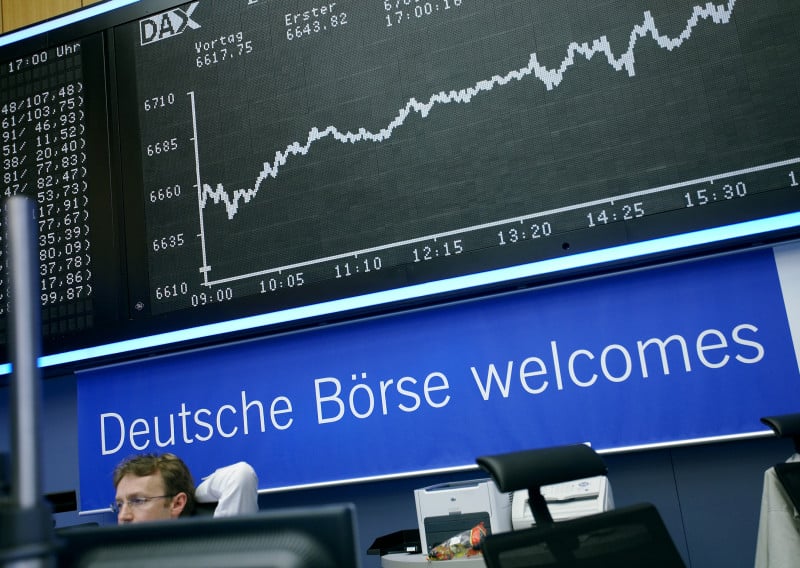The market for exchange-traded funds (ETFs) that track sustainable investment strategies reached a record level last year: assets invested in ESG (environmental, social and governance) ETFs on Deutsche Börse’s Xetra market rose to €23.2 billion (+217%; 2018: €7.3 billion), which represents about three percent of total assets invested in ETFs. This made ESG products by far the fastest-growing category in Deutsche Börse's ETF segment last year.
“Within this context, two major developments in the financial sector come together: the trend towards passive investments via ETFs and the desire for sustainable investments,” explains Stephan Kraus, responsible for Deutsche Börse's ETF segment. “The products target professional investors as well as private investors."
The high demand for ESG ETFs is also reflected in growing trading volumes, which reached a record of €2.9 billion last year (+130%; 2018: €1.3 billion). “The higher trading volumes have led to an increase in liquidity. This is highly valuable for investors as it reduces trading costs, which directly affects the return on the investment," says Kraus.
62 new ESG ETFs were listed in 2019, giving investors 147 products to choose on Xetra at year-end. “The range of sustainable indices underlying those ETFs reflect different aspects of the ESG spectrum. Investors should therefore have a close look at their priorities,” says Kraus.
The first ESG ETF was already listed on Xetra on 11 April 2006 – the "iShares Dow Jones Eurozone Sustainability Screened UCITS ETF (DE)" was thus far ahead of its time. It took another 10 years before the demand for sustainable investment strategies increased significantly and issuers began to offer a broader range of ESG ETFs.
In total, the assets under management of all 1,505 products in Deutsche Börse's ETF segment rose to a record level of €709.8 billion at the end of 2019, compared with €524.2 billion at the end of 2018. With this product range and an average monthly trading volume of €11 billion, Xetra is the leading exchange for ETFs in Europe. The highest interest in trading was once again generated by ETFs on traditional benchmark indices such as DAX, EURO STOXX 50, STOXX EUROPE 600, MSCI World or S&P 500.
Source: Deutsche Börse














